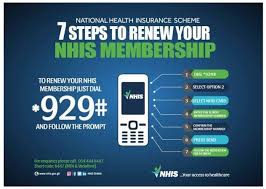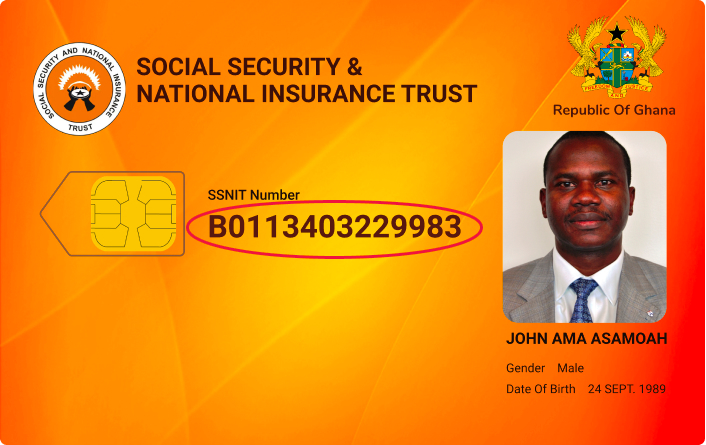Sexual health is often treated as a taboo subject, but the reality is that it’s an essential part of overall well-being. Understanding sexual health empowers individuals to make informed decisions, prevent risks, and build healthier relationships. Here are the key reasons why sexual health education is important:
1. Promotes Safety and Protection
Sexual health education teaches people about safe practices, the use of contraceptives, and ways to prevent sexually transmitted infections (STIs). Knowledge helps reduce risks and encourages responsibility.
2. Encourages Informed Choices
When people understand their bodies and sexuality, they are more likely to make smart, informed decisions. This prevents situations that can lead to unwanted pregnancies or unsafe relationships.
3. Breaks Harmful Myths and Misconceptions
There are many myths about sex that can mislead people, such as “you can’t get pregnant the first time” or “STIs only affect certain people.” Sexual health education provides accurate information and clears up confusion.
4. Builds Confidence and Body Awareness
Knowing how your body works fosters self-confidence. It helps people feel comfortable discussing their needs, setting boundaries, and respecting others’ boundaries too.
5. Reduces Stigma Around Sexual Topics
When sexual health is openly discussed, it reduces shame and stigma. This allows individuals to seek medical help when needed and talk openly about concerns without fear or embarrassment.
6. Supports Healthy Relationships
Sexual health education goes beyond biology—it also covers respect, consent, and communication. These lessons create a foundation for healthier and more respectful relationships.
7. Protects the Youth and Future Generations
Comprehensive education helps young people avoid risky behaviours and equips them with the knowledge to protect themselves as they grow into adulthood.
Final Thought:
Sexual health education is not just about sex—it’s about safety, respect, and empowerment. By spreading awareness, we can build a society where individuals feel informed, protected, and confident in their choices.









